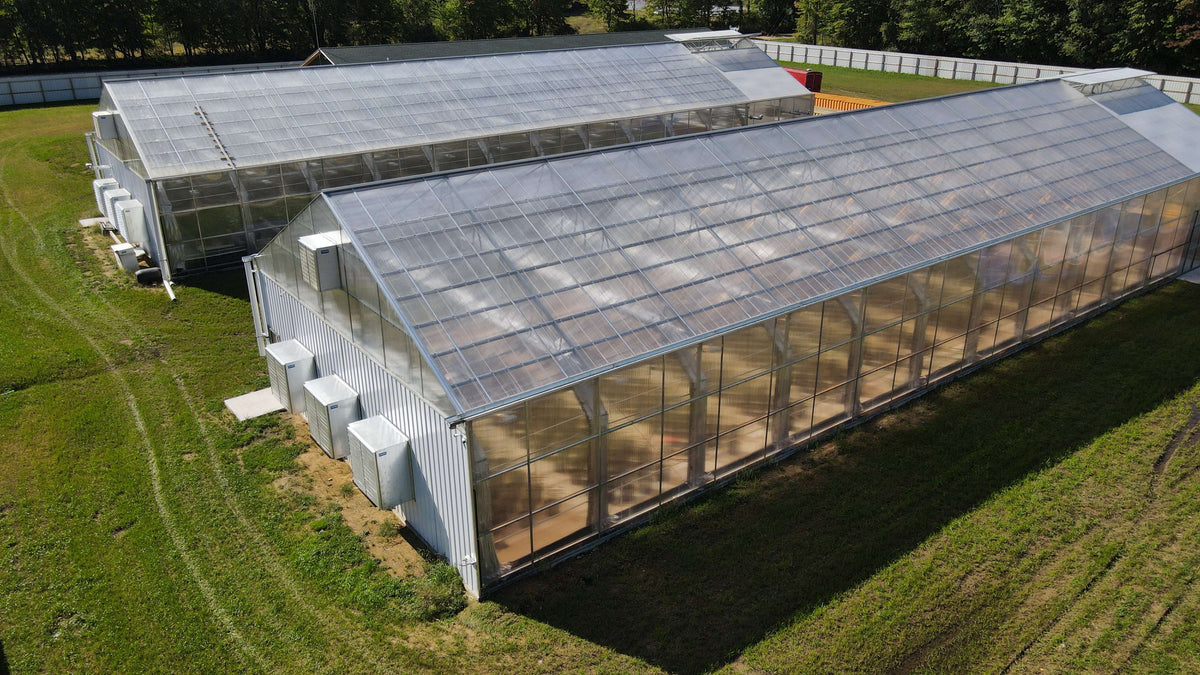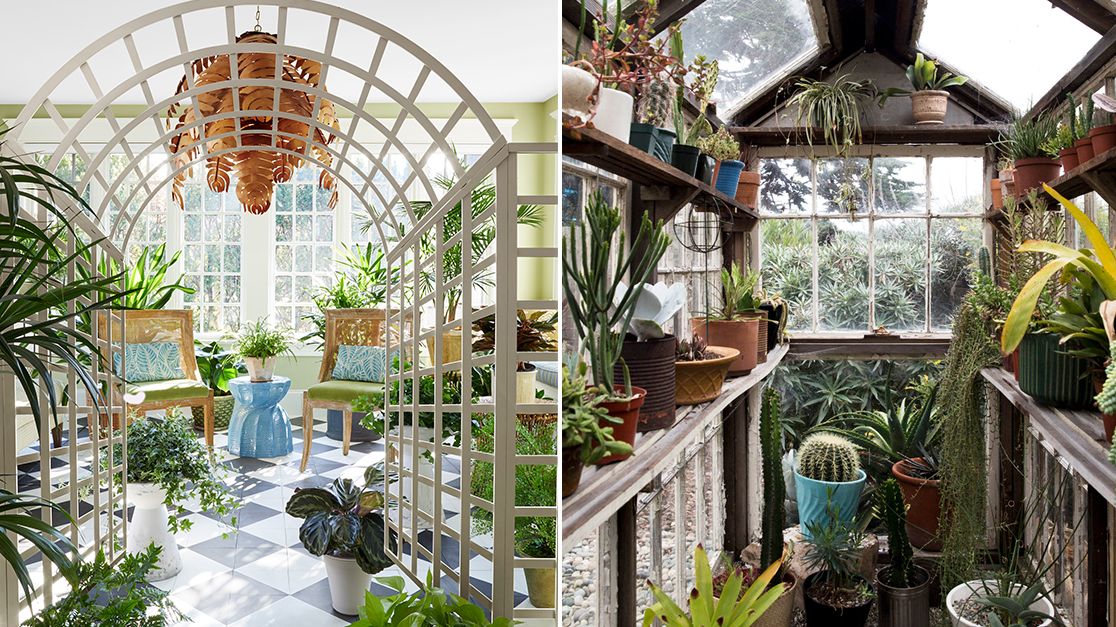Monarch Greenhouse Utah: Boosting Expanding Spaces with Accuracy Construction
The Future of Greenhouses: Technologies in Sustainable Farming
Are you curious concerning the future of greenhouses and how they are revolutionizing sustainable farming? Look no more! In this short article, we will discover the amazing developments that are leading the method for a greener and extra reliable farming market. From sophisticated environment control systems to vertical farming strategies, water-efficient watering approaches, renewable resource combination, and clever data analytics, these developments are changing the means we expand our food. Prepare to discover the future of sustainable agriculture in greenhouses!
Advanced Environment Control Equipment
To attain optimum expanding problems, you can count on the improvements in greenhouses with innovative environment control systems. These systems have actually changed the means we grow crops, supplying a controlled atmosphere that contributes to plant growth. With these innovative systems, you can currently adjust temperature level, moisture, light levels, and even carbon dioxide focus to produce the ideal conditions for your plants to thrive.
Among the vital features of these innovative climate control systems is their capacity to control temperature level. By utilizing sensing units and automated controls, the greenhouse can adjust the temperature level based upon the specific demands of the plants. This guarantees that they are never revealed to severe heat or cool, which can be destructive to their development.
Humidity control is an additional critical element of these systems. By maintaining the ideal moisture levels, you can prevent concerns such as mold, mold, and illness from affecting your plants. These systems can likewise manage the quantity of light that reaches the plants, making certain that they get the optimum amount for photosynthesis.
Furthermore, progressed climate control systems can also manipulate carbon dioxide concentrations. By raising the levels of carbon dioxide in the greenhouse, you can enhance plant development and productivity. This is specifically useful in areas with reduced all-natural CO2 degrees.
Vertical Farming Methods
One essential upright farming technique is utilizing stacked expanding systems. Stacked growing systems are frequently made use of in metropolitan locations where room is limited.
One popular technique is recognized as upright hydroponics, where plants are expanded in nutrient-rich water without soil. This technique is extremely effective as it lowers water use by up to 90% compared to conventional farming techniques. Furthermore, since the plants are expanded inside your home, they are shielded from parasites and conditions, reducing the need for pesticides.
Another technique is aeroponics, which involves putting on hold the plant origins in a haze or air setting. This approach permits ideal nutrient absorption and oxygenation, leading to faster growth and higher yields. Aeroponics also makes use of much less water than standard farming and can be carried out in upright systems, making it check my site a prominent choice for vertical farming.
Water-efficient Watering Approaches
Making the most of water conservation is vital when it concerns implementing water-efficient irrigation approaches in sustainable agriculture. With international water shortage becoming a pressing concern, it is vital to establish innovative methods that maximize water use in greenhouse procedures.
One encouraging approach is drip irrigation, which supplies water directly to the plant origins, lessening waste and evaporation. By utilizing a network of tubes with little emitters, water is applied gradually and precisely, making certain that plants get the necessary wetness without excess runoff.
An additional effective strategy is making use of dirt moisture sensing units. These devices determine the moisture material in the dirt and offer real-time information to farmers. By keeping track of the dirt's moisture degrees, farmers can properly identify when and just how much water to apply, stopping over-irrigation.
Additionally, the implementation of rain harvesting systems is getting popularity in greenhouse agriculture. Accumulating rainwater from rooftops and saving it in storage tanks allows farmers to use this natural source for watering functions, reducing reliance on traditional water resources.
Lastly, the fostering of automated watering systems can considerably improve water performance. These systems use sensing units to discover soil wetness levels and climate condition, readjusting irrigation timetables appropriately. By maximizing water usage based upon actual plant demands, these systems can decrease water waste and advertise sustainable farming techniques.
Renewable Energy Assimilation
Renewable energy combination in greenhouses uses several advantages, including lowered operating expenses and reduced reliance on non-renewable power resources. The produced power can then be made use of to run different operations within the greenhouse, such as air flow, heating, and illumination systems. These generators harness wind power and convert it right into electrical energy, which can be utilized to supplement the power requirements of the greenhouse.
Smart Information Analytics and Automation
To boost the efficiency of your greenhouse procedures and visit maximize resource usage, think about executing wise information analytics and automation. Smart information analytics includes accumulating and analyzing data from various sensors and devices within your greenhouse.
This can include automating the control of lights, air flow, irrigation systems, and nutrient distribution. By automating these processes, you can make sure that your plants obtain the ideal problems and nutrients at the right time, without the need for continuous hand-operated intervention.
Additionally, clever information analytics and automation can interact synergistically. The information accumulated by sensing units can be used to educate automated systems, enabling them to make real-time modifications based on the current conditions. This assimilation of data analytics and automation can cause a lot more precise and efficient source allocation, inevitably leading to greater yields and much better plant top quality.
Verdict
In conclusion, the future of greenhouses in lasting agriculture looks appealing. With innovative climate control systems, vertical farming methods, water-efficient irrigation methods, and renewable resource assimilation, greenhouses are coming to be a lot more ecologically pleasant and reliable. Additionally, using smart data analytics and automation additionally enhances performance and lowers waste. These technologies are leading the method for an extra effective and sustainable agricultural sector, ensuring a greener and healthier future for all.

By optimizing water use based on real plant needs, these systems can reduce water waste and promote sustainable farming techniques.
